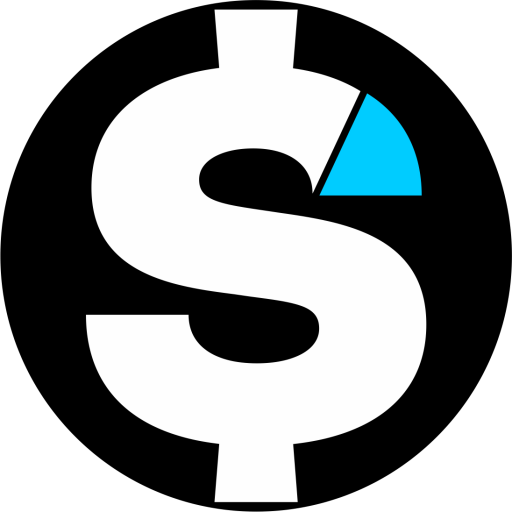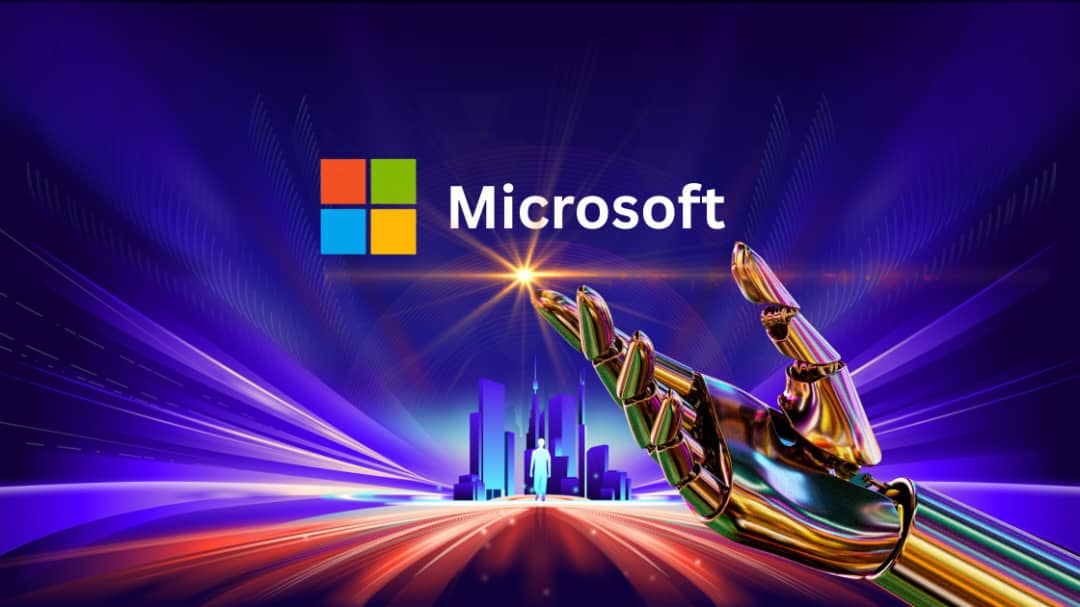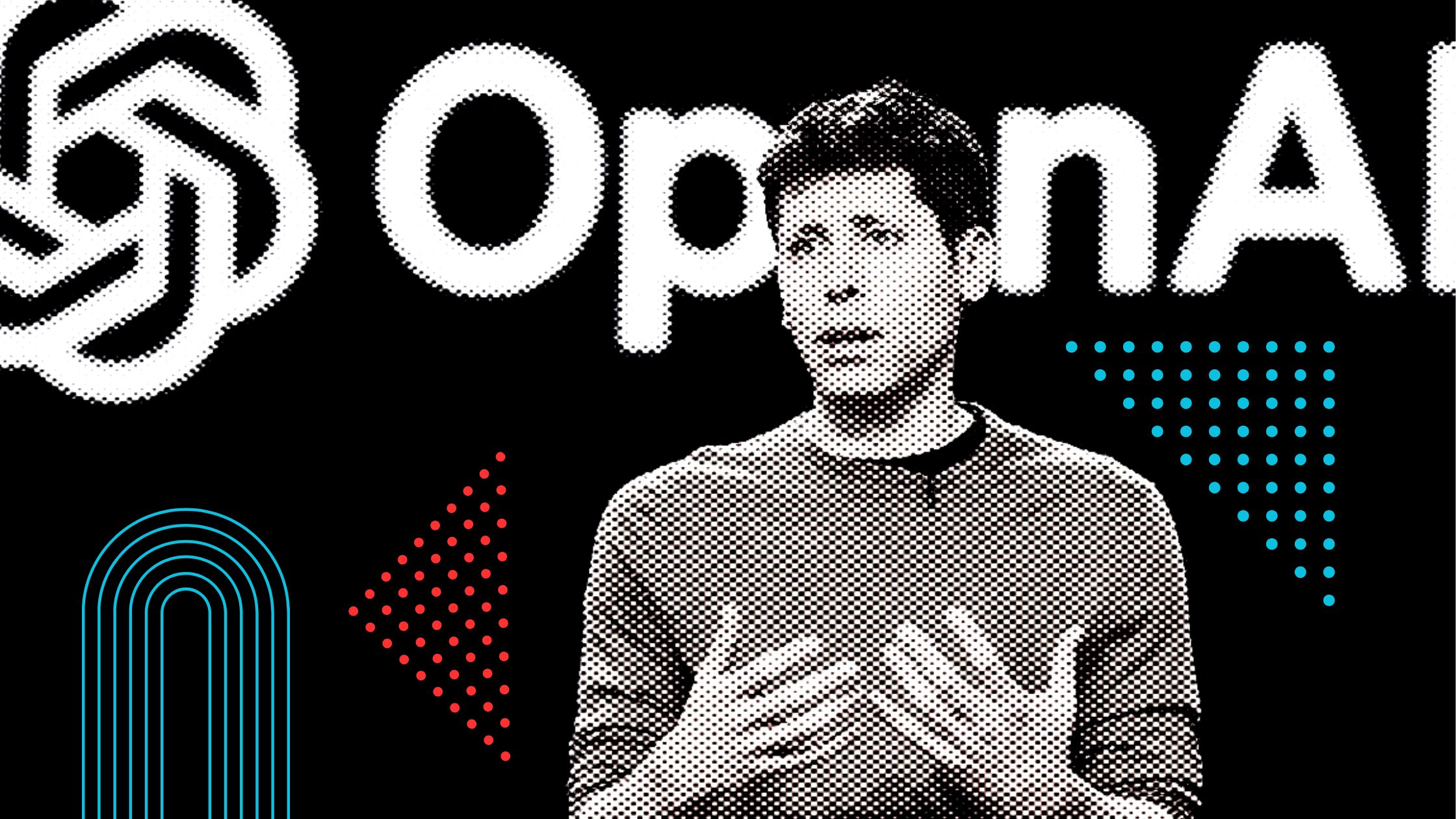Vibe Coding Side Hustles You Can Start This Weekend (with $0 Tools)
 Image: Pexels
Image: Pexels
In a world where creators are turning tweets into cash and side projects into passive income, there’s a fresh breeze blowing through the tech hustle space — and it’s called vibe coding.
Vibe coding is about showing up with your skills, your flow, and your curiosity — and turning them into real income without the corporate stress, job interviews, or 9-to-5 gatekeeping. It’s coding, but chill. It’s side hustling, but smart.
You don’t need to be the next full-stack wizard or build the next billion-dollar app. Just a basic coding skill and the rest will be handled by AI vibe coding tools. The most interesting part: you just need a laptop, free tools, and a solid idea. With the right guidance, a weekend project can turn into your next digital asset — or even your rent money.
So, what’s the goal of this post? Simple: We’re breaking down 5 coding side hustles you can start this weekend, with $0 upfront cost, using totally free tools, and riding the vibe of smart, lightweight, cash-positive coding.
You’ll learn:
- What vibe coding really looks like in practice
- How to get started even if you’re not “senior dev” level
- Free tools to launch your ideas fast
- And of course, real ways to make money by next weekend
Stick around — your next paycheck might be just a laptop away.
What Is Vibe Coding (And Why It’s a Big Deal Now)?

So… What’s “Vibe Coding”?
Glad you asked.
Vibe coding isn’t about building the next Facebook or grinding 12 hours a day to “crack FAANG.” It’s about leveraging your coding skills in flexible, creative, low-barrier ways that make real money.
It’s side-projects with soul. Code with chill.
Think:
- Automating a small task and selling it as a digital tool
- Building micro-apps that solve niche problems
- Using code to enhance your content or offer coding as a service
- Packaging your dev brain into marketable mini-products
You’re not chasing VC funding — you’re chasing that “money-left-at-the-end-of-the-month” lifestyle, on your terms.
Why Vibe Coding Matters Now (and Not Just for Devs)
We’re living in a creator economy with low-code tools, no-code platforms, free hosting, and open-source everything. That means:
- You don’t need to be a backend ninja to build something valuable
- You don’t need $1,000 in tools to start coding side hustles
- You can launch faster than ever before
And here’s the kicker: businesses and solopreneurs are desperate for tiny automation scripts, integrations, lightweight dashboards, custom calculators — all the stuff vibe coders are quietly making bank from.
Vibe coding is democratized, accessible, and income-ready.
The Vibe Is…
- Low pressure
- High creativity
- Zero gatekeeping
- Monetization in mind
You’re not building just for GitHub stars — you’re building for your freedom, your flow, and your wallet.
Vibe Coding Side Hustles
1: Build and Sell Simple SaaS Micro-Tools

You’ve probably seen those minimalist tools online — a content idea generator, a newsletter subject line tester, a hashtag finder. These are called Micro-SaaS tools, and they’re everywhere because they’re cheap to run, easy to build, and super valuable for niche audiences.
Why It Works
People don’t want bloated software — they want something that works fast and solves a very specific problem. You don’t need to reinvent the wheel. Just automate a manual task that creators, small business owners, or marketers are already doing.
Real Talk Example: Tyler, a solo dev, built a simple SaaS that generates keyword-rich blog titles using OpenAI’s API and makes over $1,200/month. Tools like this can be made in under a week.
Tools You Need (All Free or with a generous free tier):
- Frontend: Replit, Vercel, or Glitch
- Backend/API: Firebase, Supabase, or Xano
- No-code/Low-code options: Bubble, [Tally.so], Carrd
- Payment/Monetization: Gumroad or Lemon Squeezy
How to Get Started
- Spot a simple, boring task in a niche (e.g., “wedding photographers need quick contract templates”).
- Sketch out how your tool solves it.
- Build a quick MVP (Minimum Viable Product) in a weekend — keep it scrappy.
- Host it on Vercel or Replit.
- Monetize with a paywall or even just a donation button. Use Gumroad if you’re just starting out.
Monetization Tips
- Sell lifetime access at $10–$30 to early adopters
- Offer “agency licenses” for those who need it for client work
- Upsell future features (AI integrations, premium templates, etc.)
2: Sell HTML Email Templates on Marketplaces

Email marketing is huge. But most business owners aren’t code-savvy. That’s where you come in — by designing clean, responsive HTML email templates for newsletters, ecommerce, and promo campaigns.
And here’s the win: once created, these templates can be sold over and over again on digital marketplaces.
Why It Works
Companies want emails that look good and load fast across devices. Tools like Mailchimp and ConvertKit use HTML/CSS-friendly designs. If you know even basic HTML and CSS, you can build beautiful templates in hours.
Tools You Need:
- Editor: Visual Studio Code (free)
- Responsive Design Helper: MJML.io
- Preview: Litmus or Pine Email
- Marketplace to Sell: Gumroad, Creative Market, Etsy
How to Get Started
- Browse popular email marketing tools (like Mailchimp) and note trending styles.
- Use MJML to write clean code that renders well across devices.
- Export and test your designs.
- Bundle a few templates into a “pack” — e.g., “3 Promo Emails for Small Biz Owners.”
- Upload and sell on Gumroad or Creative Market.
Monetization Tips
- Offer “customization services” for a fee.
- Sell licenses — personal use vs. commercial use.
- Run promos on Twitter or niche newsletters to attract buyers.
3: Create Niche Web Widgets and Plugins

Everyone’s got a website now — but not everyone has the perfect little thing they need on it. That’s where widgets and plugins come in. Think: countdown timers, donation buttons, testimonial sliders, quiz forms, etc.
You build one widget that solves a common pain point in a niche (say, personal trainers or travel bloggers), and boom — they start buying, embedding, and sharing it.
Why It Works
People want features that work out of the box. They’ll gladly pay $15–$50 for a customizable plugin that saves them hours. And because it’s embeddable code or a plugin file, you build once and sell forever.
Tools You Need:
- Coding: HTML, CSS, JavaScript (basic level works)
- Editor: CodePen or StackBlitz
- Hosting: GitHub Pages, Vercel
- Sell via: Gumroad, Ko-fi, Lemon Squeezy
How to Start:
- Find a niche — “wedding planners,” “fitness coaches,” “course creators.”
- Research what small features they repeatedly ask for.
- Build a simple embed script or plugin to solve it.
- Package it with a README and demo page.
- Upload to a marketplace or your own Notion landing page.
Monetization Tips:
- Offer both a free and premium version (freemium model).
- Add a license key system for paid plans.
- Bundle multiple plugins into a toolkit.
4: Launch a Code-Powered Notion Template Shop

Notion templates are a hot niche. But coders? They can level it up by adding automations, integrations, and custom embeds.
Use your skills to create “smart” Notion templates for productivity, budgeting, or client management — and sell them as digital products. Some creators make $2k+ monthly from these alone.
Why It Works
Everyone from freelancers to students uses Notion. But not everyone knows how to make it work like magic. If you can code-in custom embeds (like real-time charts, form-to-database automations, or call-to-action buttons), you stand out.
Tools You Need:
- Notion (free personal plan)
- Super.so or Potion to turn it into a website
- Zapier or Make for automations
- Selling platform: Gumroad, Payhip, Etsy
How to Start:
- Pick a use case — e.g., “AI creator’s daily dashboard.”
- Use Notion’s native features, then embed coded add-ons (e.g., widgets from Indify or custom charts).
- Add integrations (e.g., auto-email when tasks are checked).
- Brand it beautifully and package as a downloadable template.
- Sell with a use guide and tutorial video.
Monetization Tips:
- Offer “freebie” templates to grow your email list.
- Bundle templates by audience (creators, coaches, marketers).
- Add tiered pricing: basic, premium, team license.
5: Freelance as a Frontend Fixer (But on Your Terms)

Tired of Upwork and Fiverr chaos? Here’s a cooler way: offer yourself as a vibe coder for creative projects on platforms like Contra, Polywork, or even Twitter/X.
You don’t chase long projects — just quick wins: fixing UI bugs, styling pages, revamping landing pages, or helping indie hackers clean up their MVP.
Why It Works
Not everyone wants a full dev — they want someone with taste who can tweak stuff fast. You bring good energy, a bit of flair, and boom — your DMs turn into PayPal pings.
Tools You Need:
How to Start:
- Make a 1-page “Vibe Fixes I Do” profile.
- Share before/after shots of small tweaks on socials or design forums.
- Use the phrase “Book a quick UI fix with me” as your CTA.
- Offer quick delivery (1–2 days max) for small gigs.
Monetization Tips:
- Charge $25–$75 per fix.
- Offer monthly retainers for indie devs.
- Upsell design audits or full landing page makeovers.
Wrap-Up: You Don’t Need Big Capital — Just Code With Vibes
You don’t need to be a full-stack genius, and you don’t need $100 tools. All you need is your creativity, consistency, and chill hustle energy. Each of these side hustles blends coding creativity with chill hustle energy — no resume, no gatekeepers, no BS. Stick with free tools, niche down, and build small but useful things consistently. That’s how vibe coders stack real income without burnout. Now that you’ve got the full stack of vibe coding ideas, it’s time to pick one and just start. Seriously — don’t overthink it.














